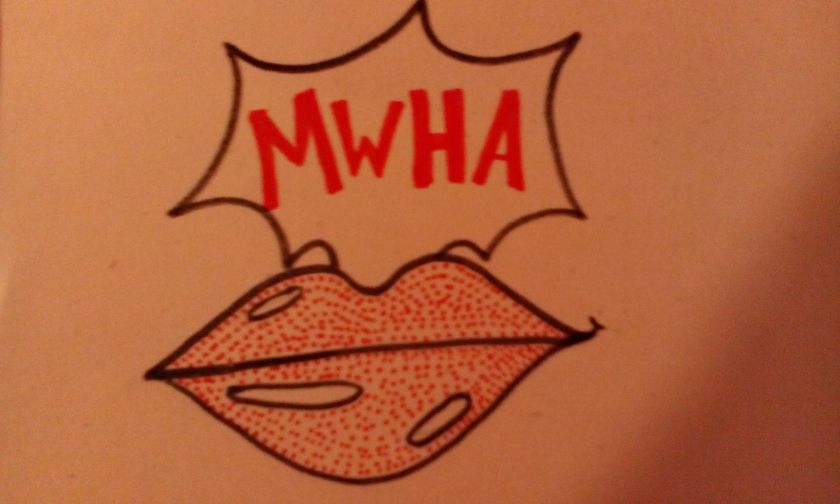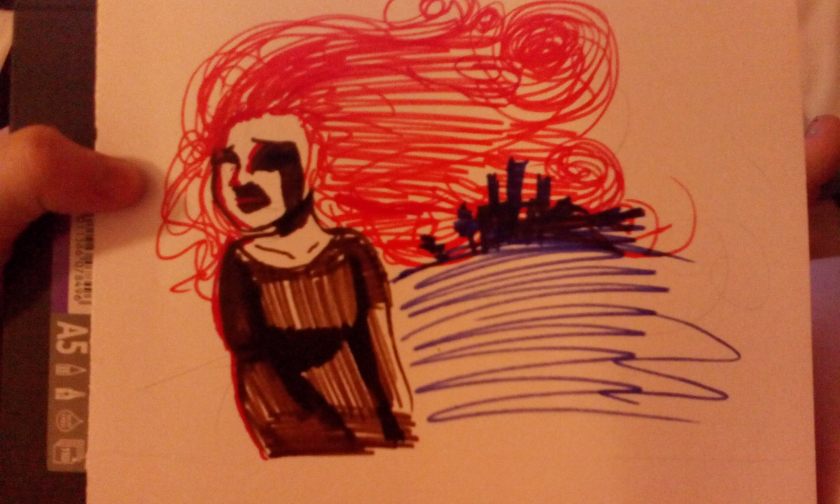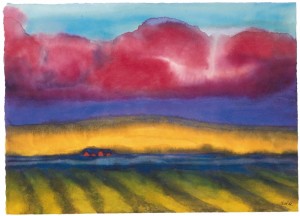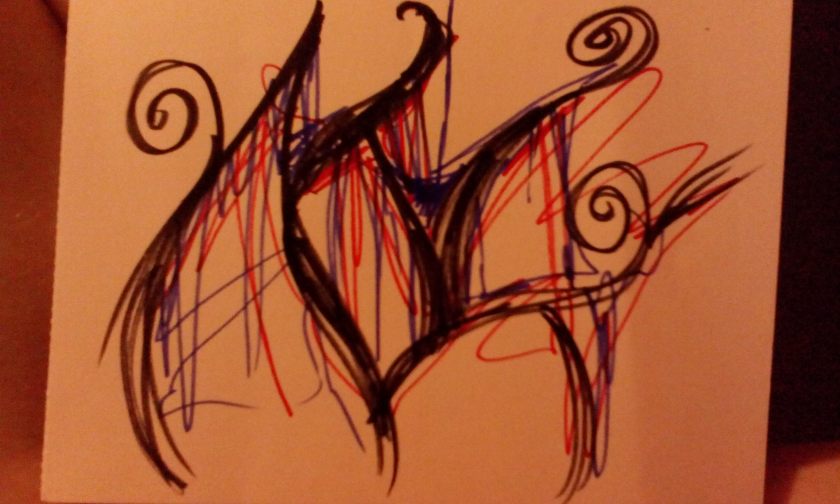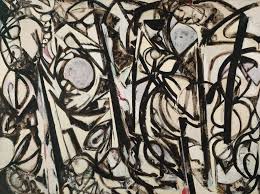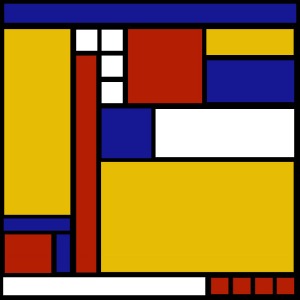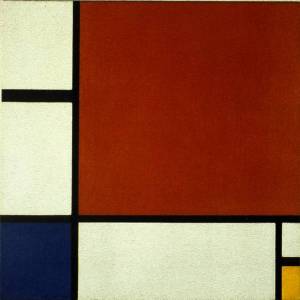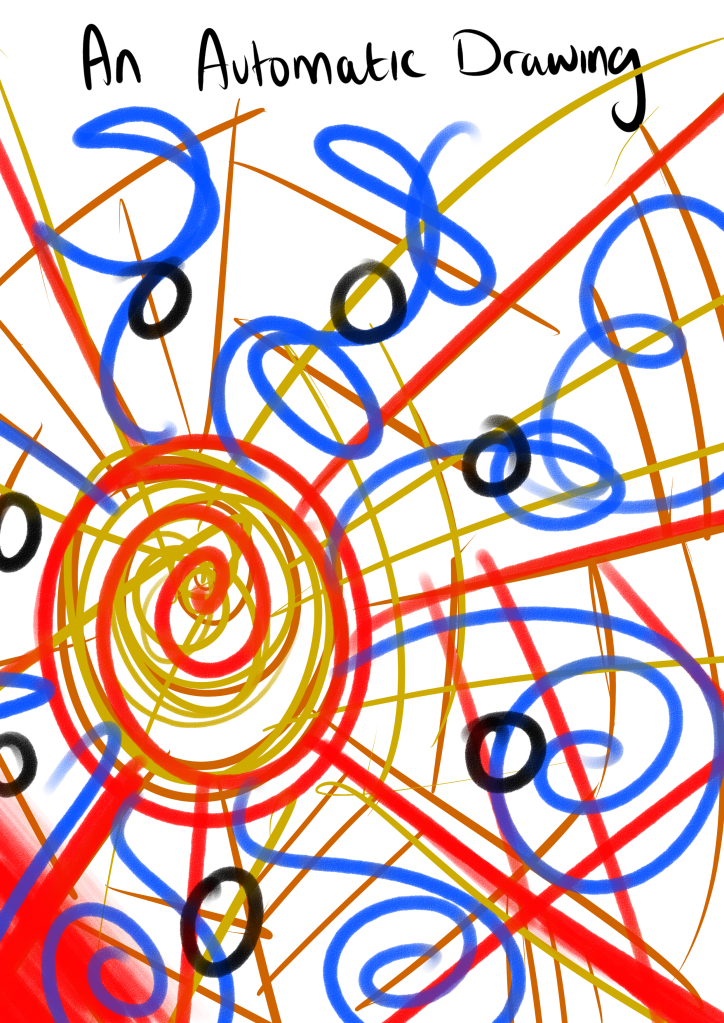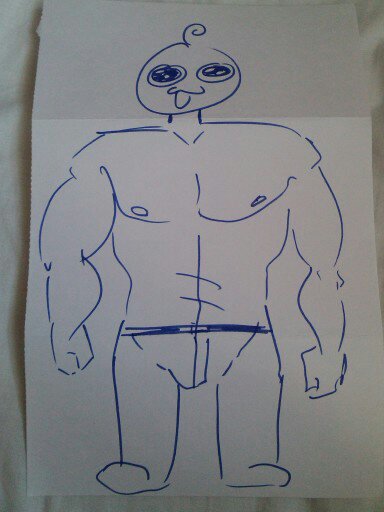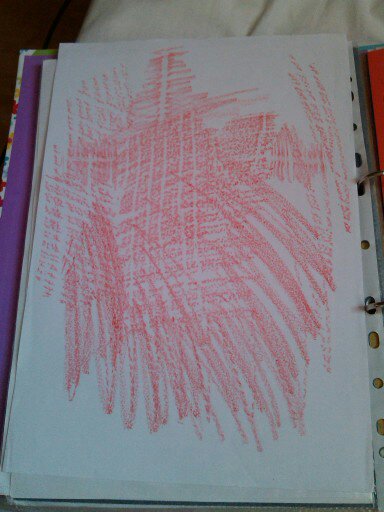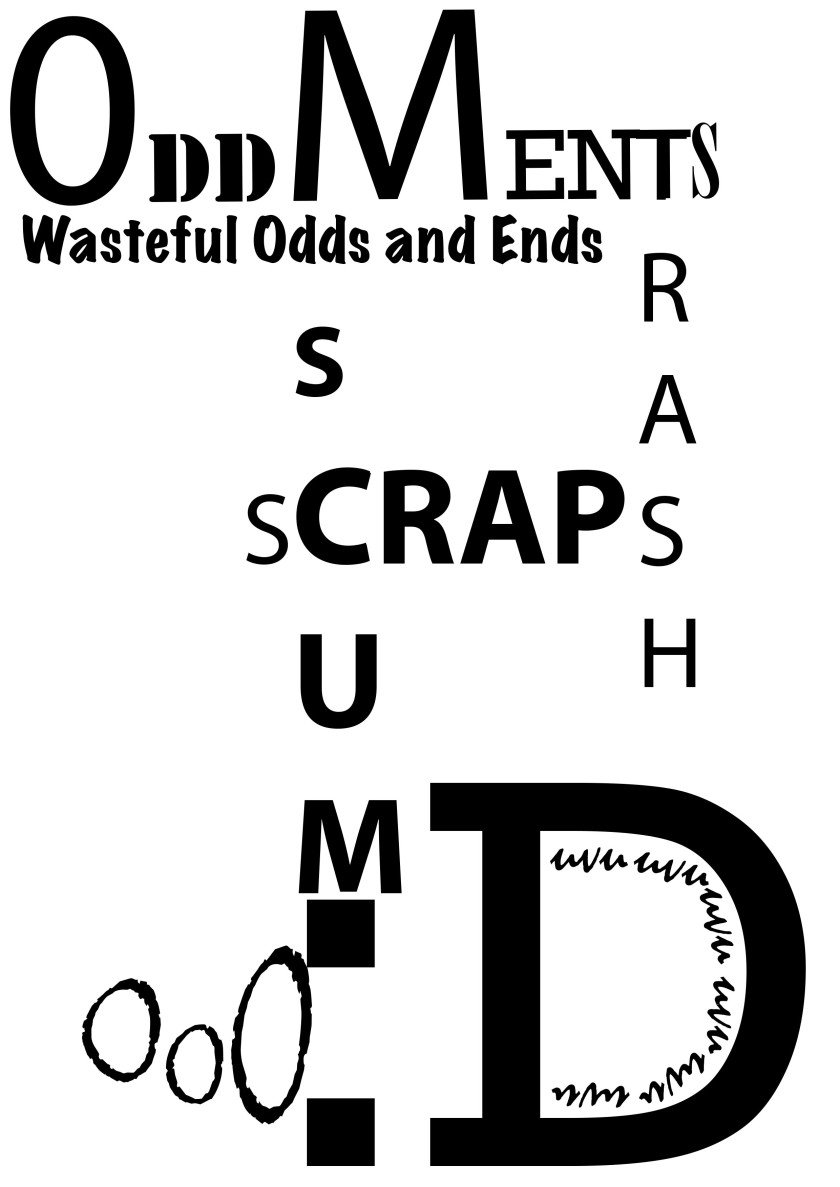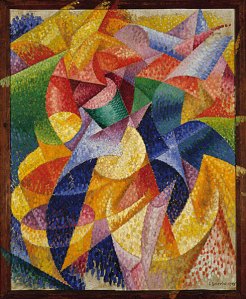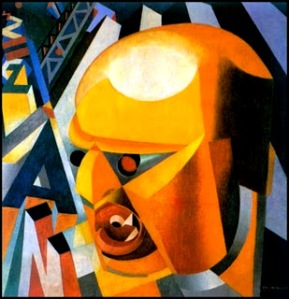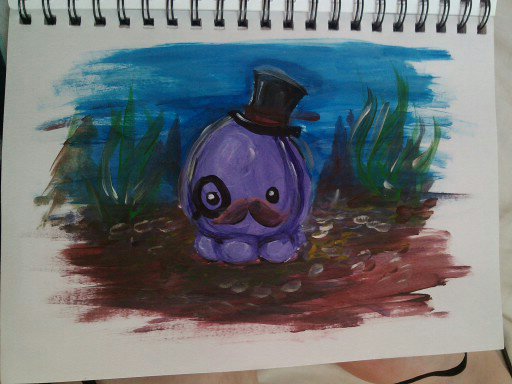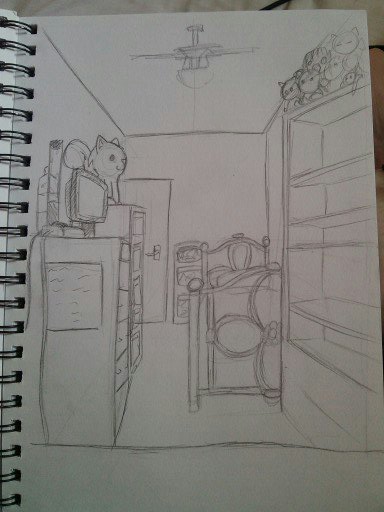Pop Art
Pop art is a movement started in the UK in 1950 before migrating over to New York City in the early 1960’s. It was founded on a rebellious nature against Expressionism as Pop Artists found it to be very pretentious. Pop Art’s attention is focused on popular culture, hence the name Pop Art, where artists would use culture icons that were trending in the media, and often enough Pop Art was featured in the media.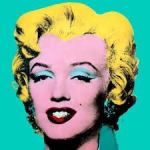
Many artists include the infamous Andy Warhol, David Hockney, Roy Liechtenstein,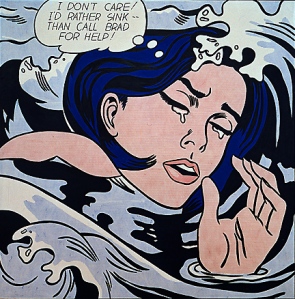 Kira Mask, Cristo, Keith Herring, Jasper Johns and Larry Avers, all of them being socially outcasted by the popular culture in society.
Kira Mask, Cristo, Keith Herring, Jasper Johns and Larry Avers, all of them being socially outcasted by the popular culture in society.
In 1959 Pop Art made its way onto Album covers, magazines, everything. It was an art movement that moved with modern society at the time and was possibly one of the first ways in which art and graphic design merged completely. 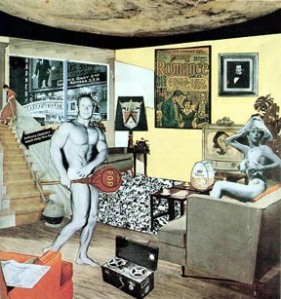
Pop Art uses bright, bold and clashing colours to stand out in the media. It featured a lot of existing imagery through collages, stencilling and comics using images of consumer goods to fit in with the consumer society. It was a huge step away from the traditional fine art and challenged the techniques that fine art uses. Pop art is considered to be a post modern art movement and has some of the earliest examples of post modern art.
Expressionism + Abstract Expressionism
Expressionism was a modernist movement originating in Germany in 1905 before fading out in 1925. It specialised in art and poetry solely presenting the world from a subjective perspective. distorting it radically for emotional effect. This was to evoke moods or ideas from other people and become expressive, hence the movement being called expressionism. Expressionists emphasise the individual perspective that has been characterised as a reaction to positivism and other artistic styles such as Naturalism and Impressionism.
A term used to denote the use of distortion and exaggeration for emotional effect, which first surfaced in the art literature of the early twentieth century. When applied in a stylistic sense, with reference in particular to the use of intense colour, agitated brushstrokes, and disjointed space. Rather than a single style, it was a climate that affected not only the fine arts but also dance, cinema, literature and the theatre.
Expressionism is an artistic style in which the artist attempts to depict not objective reality but rather the subjective emotions and responses that objects and events arouse in him. Expressionalism is one of the main currents of art in the later 19th and 20th centuries. Its uses of highly subjective, personal self expression are common in a wide range of modern art movements and artists. Additionally it’s goals were not to reproduce the impression of the surrounding world, it was more to impose the artists
own sensibility to the world’s representation. Instead of conforming to the reality of the object the artist would produce their own image of the object to which they feel most accurate.
Most commonly know artists are Max Veckmann, Otto Dix, Lionel Feininger, George Grosz, Ernst Ludwig Kirchner, August Macke, Emil Nolde, Max Pechstein; the Austrian Oskar Kokoschka, the Czech Alfred Kubin and the Norwegian Edvard Munch are also related to this movement. During his stay in Germany, the Russian Kandinsky was also an expressionism addict.
Abstract expressionism came after WW2 in 1940’s New York. It was an American movement to put NYC at the center of the western art world through international influence. This role, at the time, was formally filled by Paris. The term ‘abstract expressionism’ was first used in 1919 Germany in the Magazine ‘Der Strum’ but was first applied to American art in 1946 by Robert Coates. In the United States, Alfred Barr was the first to use this term in 1929 in relation to works by Wassily Kandinsky.
There were many artists in the abstract expressionism movement including Jackson Pollock, Willem de Kooning, Robert Motherwell, Mark Rothko,Lee Krasner and many others.
Artists made scaled works that were reflections of their individual psyches which contrasted the accepted conventions of both the technique and subject matter of expressionism. In doing this they attempted to tap into the universal inner sources. The artists praised spontaneity and improvisation while having high interest in the importance of process.
Modernism and Post Modernism
The philosophical movement, Modernism, started in western society in the late 19th and early 20th centuries when cultural trends and other changes came about. The 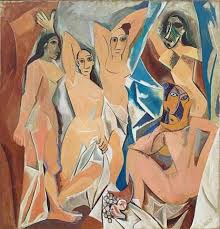 industrialisation of society, the horror of WW1 and the rejection of Enlightenment thinking and religious belief, were some of the many factors that shaped Modernism into what it became.
industrialisation of society, the horror of WW1 and the rejection of Enlightenment thinking and religious belief, were some of the many factors that shaped Modernism into what it became.
Modernists believed that traditional forms of art, architecture,
social organization, literature and other activities of everyday life, were no longer fitting to modern society andwas outdated in the new economic, social and political environment.
In art it pursed more with the moving-picture show, 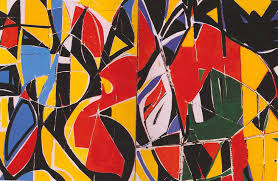 divisionist painting and abstract art, which coincidentally all had precursors in the 19th century.
divisionist painting and abstract art, which coincidentally all had precursors in the 19th century.
Modernism was noticeable for its self-consciousness, leading to experiments with form and the focus on techniques, processes and materials used in painting, poems and architecture etc. It rejected the ideology of realism and focuses on parody. Modernism is considered a mode of thinking, defining characteristics of self-reference that run across in arts and 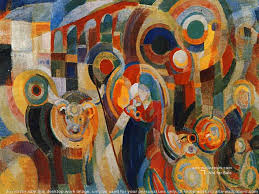 disciplines of modernist arts. Basically a form should meet its function, favouring the pragmatics of a form rather than its aesthetics. Many modernist designers include Mies van der Rohe, the designer and director of the Bauhaus art school, located in Germany, where many product designers such as Alessi studied at.
disciplines of modernist arts. Basically a form should meet its function, favouring the pragmatics of a form rather than its aesthetics. Many modernist designers include Mies van der Rohe, the designer and director of the Bauhaus art school, located in Germany, where many product designers such as Alessi studied at.
In the late 20th Century Postmodernism started up in arts that was completely different to Modernism and would constantly criticize it. Postmodernism involves skeptical 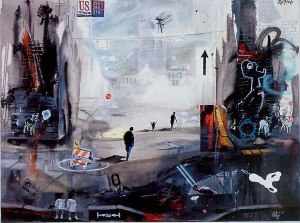
interpretations of art, literature, fiction and many other features as well as being closely teamed with deconstruction and post-structuralism as it gained popularity with them at the same time. Postmodernism is applied to numerous art, music and literature movements that react against the ideologies of 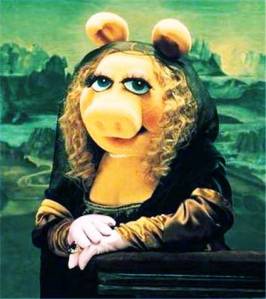 modernism. Postmodernism looks to escape the double-mindedness of Modernism through its criticism by extending it to religion.
modernism. Postmodernism looks to escape the double-mindedness of Modernism through its criticism by extending it to religion.
De Stijl/Neo Plasticism
Originally a publication, De Stijl was founded in 1917 by two pioneers of abstract art, Piet Mondrian and Theo van Doesburg. Other members of the group included Bart van der Leck, Vantongerloo and Vordemberge-Gildewart, as well as the architects Gerrit Rietveld and JJP Oud.
Piet Mondrain was a dutch painter, as De Stijl was a dutch movement, who created the famous Composition II in Red, Blue, and Yellow, 1930. The artwork consists of geometric shapes
with the basic prime colours in a revolutionary abstract way. The Anit – Materialism movement was ridged with no curves or diagonal lines, mainly featured with geometric squares. This greatly inspired the Cubism movement and changes in the modern art movements at the time. It is a complete contrast to Dada and Surrealism which was founded around the same time, at the beginning of World War 1 (WW1) Where as Dada and Surrealism were closely link to expressionism, De Stijl was a polar opposite.
The artwork however, still used the traditional Oil Paints on Canvas materials and would not explore any other ranges, keeping the style simplistic and minimalistic. However this could be due to a lack of materials in the Netherlands as it was a neutral country in WW1.
The movement was based around magazines primarily however other mediums such as typography, sculpture and music were also used.
Dada to Surrealism
Dada-ism was an early 20th century anti establishment movement (1916 – 1940) During the political changes around the time where there was many conflicting ideas happening between countries and the rise of Nazism, Dada-ism came about to help people escape the worries of war. Dada-ists create humorous but not light hearted work, and the artwork of the time was very dark in colour and very gloomy, however the work would be an exaggeration and absurd to create a reaction from the audience (Much like comedians in stand up comedy, which was an influence from Dada-ism) Dada-ists would wear costumes and masks to create a reaction from the 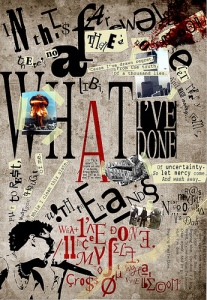
audience and to protest against the authority. Dada-ists were the first to question the authority around them.
The many art mediums including collage, performance and sculpting, were to protest against the horror and lunacy of war where 3 million people died, the upper class and the trust of the authority. Instead they made focus on change, the rejection of logic and rules and embraced the irrationality and absurd.
Tristan Tzara was a known poety, essayist and performance artist who was interested in symbolism . He would frequently perform at the Cabaret Voltaire, which was founded by Hugo Ball and Emmy Hennings, Hennings being the star attraction there. Later on, Tristan Tzara was considered one of the presidents of Dada which marked one the first movements towards Surrealism. This was a great influence of Graphic Design.
Surrealism was greatly influenced by Dada however one person would be able to represent a group of people though the movement. Surrealism was more focused around the mind, using bright colours and automism. The 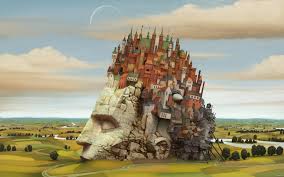 artworks closely link to fantasy imagery based on dreams, memories and the unconscious, creating weird human like imagers.
artworks closely link to fantasy imagery based on dreams, memories and the unconscious, creating weird human like imagers.
Feminists were very critical of the surrealist movement as it was considered a male movement, evident as it mainly consist of male artist Salvador Dali, Hatsman Phillppe, Max Ernst and Rem Magnitte.
Futurism
Futurism originated in Italy during the early 20th Century because of a man called Filippo Tommaso Marinetti (1876-1944), who formed the Futurism Art Movement. Italy lacked many modern technology and was considered a representation of the past so in 1909 Marinetti launched futurism with his first publication ‘Futurist Manifesto’ which rebelled against the use of museums, libraries and even feminism. The movement covered painting, sculpting, graphic design, writing, music, clothing, interactive media etc
Futurism can be closely linked to Cubism, as the movement originated around about the same time as Futurism. Additionally Futurists took keen interest in Dynamism, looking into the work of photographer Étienne-Jules Marey whose chronophotographic work presented the movement in life. Divisionism is included with Futurism due to the popular technique of light and colour dots formed into geometric shapes.
Other links to Futurism includes Precisioism, Rayonism and Vorticism. All movements with angular and linear like geometric features in the artwork.
Futurism merged art with politics as they believed that destruction of Italy how it was would allow the country to renew into a much more stronger Italy, this made Futurism more than just an art movement but also a social movement. So when the upcoming war came about, the Futurists were very supportive of it, most of
the painters, including Boccioni were enlisted into World War 1. Much of the artists inspirations come from poetry and they often help Futurism Evenings to share poetry and paintings.
There are many artists who are linked to Futurism including Gino Severini, Wyndham Lewis, Umberto Boccioni, Antonuo Sant’Elia, Bruno Munari, Luigi Russolo and Benedetta Cappa.
Cubisim
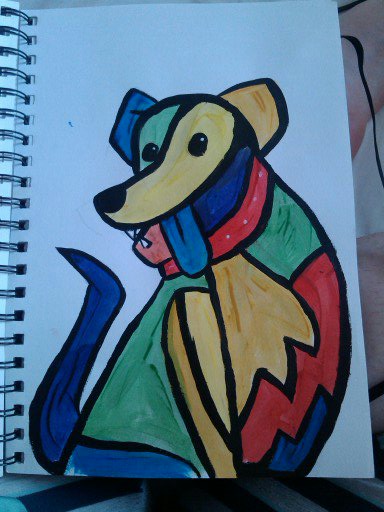 Cubism is an art movement started around the beginning of the 20th century. I decided to do my own painting mimicking that of Pablo Picasso’s ‘The Weeping Woman’ Picasso’s main inspiration laid within the angular designs of african masks, with their linear strokes and block like shapes. Additionally he uses very bold and brash colour schemes where colours will clash immensely with each other to make the art stand out.
Cubism is an art movement started around the beginning of the 20th century. I decided to do my own painting mimicking that of Pablo Picasso’s ‘The Weeping Woman’ Picasso’s main inspiration laid within the angular designs of african masks, with their linear strokes and block like shapes. Additionally he uses very bold and brash colour schemes where colours will clash immensely with each other to make the art stand out.
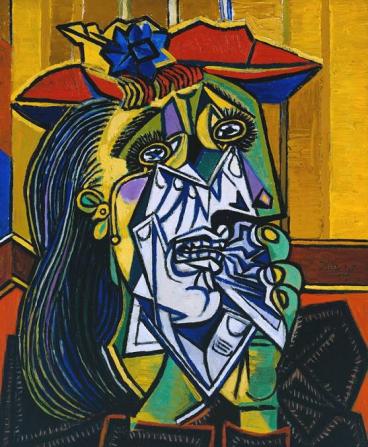 Cubism is split into analytic cubism and synthetic cubism. Analytic the first form of cubism was dull coloured and detailed where the subject matter would be fragmented and distorted because cubism is looking at a subject matter and painting it at different angles. Synthetic cubism consists of much simplier geometric shapes and it is much more difficult to define the edges in the artwork. For example Picasso’s weeping woman (Image to the left) you can see the strong and bold shapes, the angular outlines which can be harder to define. It is a portrait but an abstract portrait. As you can see there are some influences of african tribal masks in there too with the bold colours.
Cubism is split into analytic cubism and synthetic cubism. Analytic the first form of cubism was dull coloured and detailed where the subject matter would be fragmented and distorted because cubism is looking at a subject matter and painting it at different angles. Synthetic cubism consists of much simplier geometric shapes and it is much more difficult to define the edges in the artwork. For example Picasso’s weeping woman (Image to the left) you can see the strong and bold shapes, the angular outlines which can be harder to define. It is a portrait but an abstract portrait. As you can see there are some influences of african tribal masks in there too with the bold colours.
Cubism is summarized as an art style where there is a distortion of view and multiple viewpoints. During Picasso’s art career, there was the Spanish Restoration, where Spain were recovering from war and such, this could mean the lack of supplies and such for Picasso and explain the choice of colour, however there is still the hint of impressionism in the cubist style as it still continues not to blend colours and keeps them bolder and brash.
Impressionalism and Post Impressionalism
My work was inspired by Paul Gaugin, an Post-Impressionist artist who was known for his bold colours and synthetic style artwork, but wasn’t appreciated until after his death in 1903. He was one of the major inspirations for famous artists such as Picasso and Mattise. He was a symbologist as a painter, sculptor, writer and print maker and was closely linked to the symbolist movement throughout his post impressionism years.
The ‘Seed of the Areoi’ was one of Paul Gaugin’s pieces. (See Image Right) There is a range of new colours being used in this painting, all that stand out and clash against each other. During the impressionism movement, new colours we being 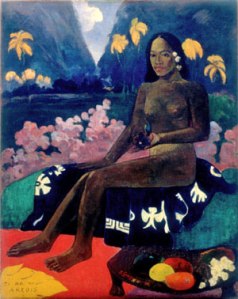 imported into colour tubes. These new colours and dyes were very bold and bright and went well with the popular brush technique at the time which was short brush strokes. This helped with the expressionism features of the impressionist movement as during this time photography came about, leading to less artists being commissioned for portraits, the artists then had to become more emotional and symbolic in their work. Additionally expressionism leads onto the status of artists in the society at this time where artists were social misfits and did not fit in to the new era and most artists were then considered to be anti establishment.
imported into colour tubes. These new colours and dyes were very bold and bright and went well with the popular brush technique at the time which was short brush strokes. This helped with the expressionism features of the impressionist movement as during this time photography came about, leading to less artists being commissioned for portraits, the artists then had to become more emotional and symbolic in their work. Additionally expressionism leads onto the status of artists in the society at this time where artists were social misfits and did not fit in to the new era and most artists were then considered to be anti establishment.
Another main feature of Gaugin’s work and most impressionist/post impressionist work is the broken barriers of realism, using the short brush strokes and unblending nature of colour, the anatomy of the subject matters are some how almost distorted. This is because yet again, photography was introduced.
A lot of impressionist/post impressionist art involves water as a subject matter, and/or nature in all of its glory, the use of colours makes still breaks down the realism but keeps the expressionism and symbolism, especially since colour wise, artists would avoid using black and instead used other colours to shade, improving colour theory as we know it today.
Renaissance
Renaissance artwork can be identified by the expressive gestures of the figures, the linear perspective and a whole lot better study on human anatomy. Many features of art from this movement is the light and pastel like colours and many have religious subjects within them. Renaissance art was a new turn for modern artists at the time and brought in a lot of realism and naturalism while symbolising aspects of humanism and intellectualism. Additionally the quality of the artwork did improve, this was the time when Oil Painting was introduced and the printing press established itself. This was the time of a culture movement where the Renaissance became a bridge between the Middle Ages and the Modern Era as we know it.
Many Merchants would commission artists, it was no longer Lord and Lady’s who could get paintings now, it was not like the middle ages where only the wealthy could have their portraits, the art culture was beginning to explore.
For example, one of the many pioneers of the Renaissance and probably most famous is Leonardo Da Vinci (1452-1519). Da Vinci was a painter, sculptor, architect, scientist, mathematician, engineer and anatomist. He is considerately know for his painting the Mona Lisa.
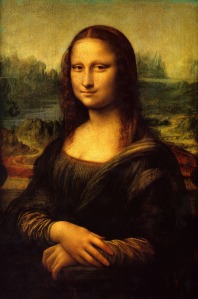 The Mona Lisa is considered to be “the best known, the most visited, the most written about, the most sung about, the most parodied work of art in the world.” and believed to be painted between 1503 – 1506 towards the end of Da Vinci’s life. As you can clearly see this is a good example of new perspectives and the anatomy of the face is on point. The figure looks human, compared to Middle Age’s work. Additionally the figure is not of wealthy background. Most people who commissioned for portraits would always be surrounded by their wealth to communicate their status, however Da Vinci’s Mona Lisa just depicts a natural landscape, which fades into the background.
The Mona Lisa is considered to be “the best known, the most visited, the most written about, the most sung about, the most parodied work of art in the world.” and believed to be painted between 1503 – 1506 towards the end of Da Vinci’s life. As you can clearly see this is a good example of new perspectives and the anatomy of the face is on point. The figure looks human, compared to Middle Age’s work. Additionally the figure is not of wealthy background. Most people who commissioned for portraits would always be surrounded by their wealth to communicate their status, however Da Vinci’s Mona Lisa just depicts a natural landscape, which fades into the background.
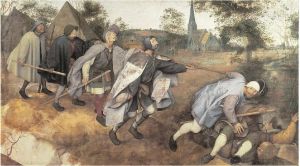 Brugel’s work also depicted unwealthy subjects, but instead of portrait they are in motion, another major feature in Renaissance art. The landscape perspective is much more accurate as this was a turning point in art culture where artists would actually study perspectives and anatomy.
Brugel’s work also depicted unwealthy subjects, but instead of portrait they are in motion, another major feature in Renaissance art. The landscape perspective is much more accurate as this was a turning point in art culture where artists would actually study perspectives and anatomy.
